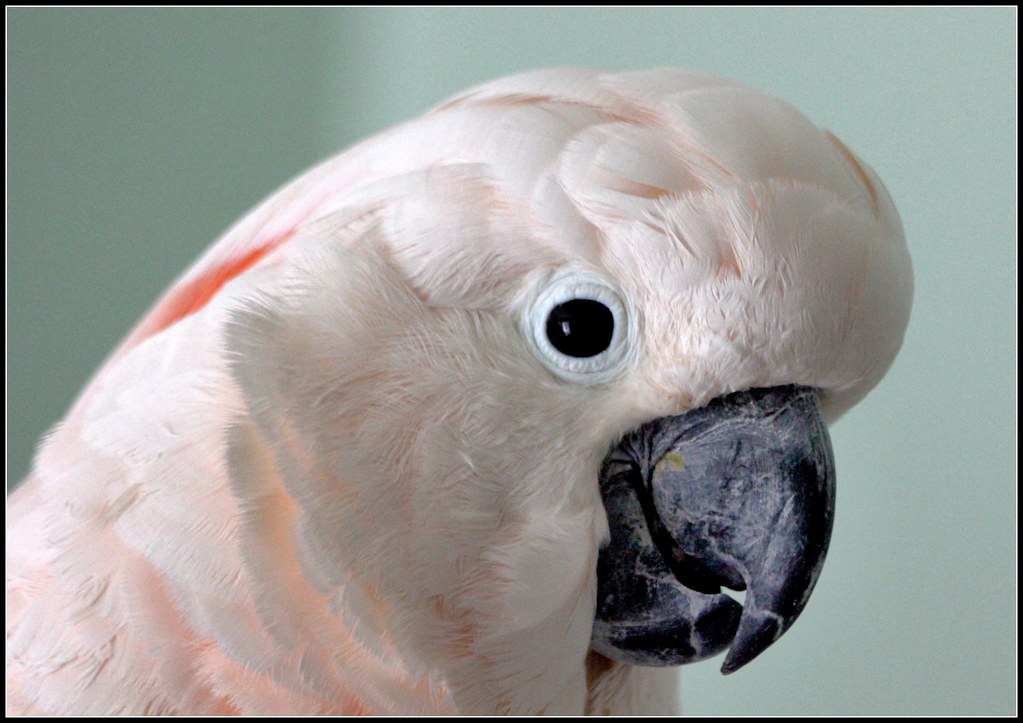
The first complete BFDV genome sequence confirmed its relationship to other circoviruses. īeak and feather disease virus (BFDV) is a member of the family Circoviridae, which includes the smallest known autonomously replicating pathogenic animal viruses. Other clinical symptoms include lethargy, depression, diarrhoea and immunosuppression, which are individually variable, sometimes lead to death, and may depend on the virulence of the viral strain or the route of viral exposure. Beak deformities such as fractures, abnormal elongation and palatine necrosis are also typical symptoms of PBFD, but their presence and severity vary from species to species. Most commonly affecting immature and fledgling birds, classical symptoms include symmetrical loss of contour, tail and down feathers and subsequent replacement by dystrophic and necrotic feathers that fail to grow soon after emergence from the follicle. PBFD is thought to have been first documented in the late 1880s in wild Australian Psephotus parrots and was described as feathering abnormalities that impaired their flight. The disease has been found to be widely infectious and often fatal, affecting both Old and New World psittacine species.

Psittacine beak and feather disease (PBFD) has been detected in both wild and captive parrot populations since the mid-1970s.
#FLOURESCENT PINK UMBRELLA COCKATOO HOW TO#
Consequently, synthesising multiple sources of information across many species can provide insight into how to improve management of infectious disease, identify knowledge gaps, and reveal where improvements in surveillance methods might be required. Data collected and used in these circumstances often vary in the sampling or assessment method used, frequently with imperfect diagnostic tests providing the only available insight into infection incidence within a population. Assessing the prevalence and impact of disease can be challenging, particularly during the outbreak of a novel pathogen. Consequently, understanding infectious diseases and their management in wildlife populations has become increasingly important to conservationists.

Pathogens responsible for emerging infectious diseases (EIDs) have become a major concern in conservation biology owing to their potential for rapid evolution and the effect that an epidemic may have on vulnerable species.

Increased emphasis should be placed on the screening of captive and wild parrot populations within their countries of origin across the Americas, Africa and Asia. Our evaluation highlights the need for standardised diagnostic tests and more emphasis on studies of wild populations, particularly in view of the intrinsic connection between global trade in companion birds and the spread of novel BFDV strains into wild populations. Finally, we provide an overview of estimates of BFDV prevalence in captive and wild flocks alongside a complete list of all psittacine species in which the virus has been confirmed. We present trends in research intensity in this field and critically discuss advances in screening techniques and their applications to both aviculture and to the management of threatened wild populations. Here, we consolidate information collected from 83 PBFD- and BFDV-based publications on the primary screening methods being used and identify important knowledge gaps regarding potential global disease hotspots. However, at present, there is no current and readily accessible synthesis of screening efforts and their results. Since the disease was first reported in the mid-1970s, screening for BFDV has been conducted in numerous wild and captive populations. Pathological and serological tests for screening for the presence of beak and feather disease virus (BFDV) are a critical component of efforts to manage the disease and of epidemiological studies. The need is to make the harness bird safe but also bird proof as close as we could.Psittacine beak and feather disease (PBFD) has emerged in recent years as a major threat to wild parrot populations and is an increasing concern to aviculturists and managers of captive populations. It is available in many colors and sizes.
#FLOURESCENT PINK UMBRELLA COCKATOO SKIN#
This harness has been studied, tested and used for over twenty-five years and the birds at Fred & Company wear their harness 24 hours a day for weeks on end - with no feather and no skin damage! Our harness comes with a woven tie to secure our birds, not a quick disconnect.

This is the Kaylor Collar Bird Harness from Fred Bird & Company.


 0 kommentar(er)
0 kommentar(er)
